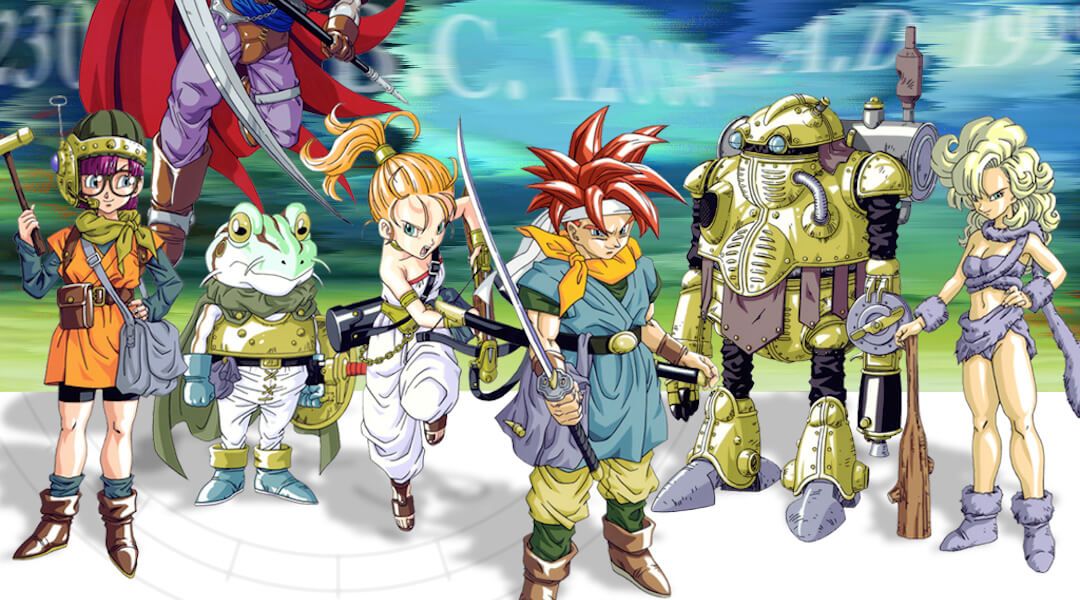Easter eggs have a long history in gaming, from the hidden credits in 1979's Adventure to Hideo Kojima's final jab at Konami in Metal Gear Solid V: Ground Zeroes. Whether it's just to pay tribute to beloved games of yore or to take a jab at an unethical publisher, game developers seem to love hiding secrets deep in their games almost as much as gamers love finding them.
Not all Easter eggs are mere references—these three Easter eggs go a step further, furthering the story or adding an additional dimension to the game that wasn't there before. While many of these Easter eggs slipped under the radar for a long time, their discoveries led later developers to follow suit, hiding secret content deep in the code of some of our most beloved games.
Adventure Easter Egg Gives Credit Where Credit's Due
Nowadays, we're accustomed to seeing several minutes of post-game credits, but that wasn't the case in the early days of gaming—Atari, one of the earliest producers of games for home use, didn't credit the programmers and coders in their games.
Adventure was a game that seemed doomed from the start. Though it was inspired by the classic text adventure Colossal Cave Adventure, some of Atari's heads believed it couldn't be made into a successful adventure game. Determined to prove them wrong, Warren Robinett began designing a graphic game based on it anyway.
He finished and submitted the code to Atari shortly before departing the company. Robinett left the very first gaming Easter egg—a gray dot that, when moved to a certain area of the castle, makes a wall invisible and opens up a secret passage to a new room. The room contains the message, "Created by Warren Robinett," earning the developer a place in gaming history despite Atari's lack of inclination to recognize him.
The Easter egg was discovered by a 15-year-old kid, and though the company planned to delete it, the price would have been too high. They left it alone, and Robinett's legacy lasts into today. He wasn't the last to encode his signature in the game, either—Landon Dyer, coder for the Atari port of Donkey Kong, did the same thing except that his signature was undiscovered for 26 years.
Day of the Tentacle Easter Egg Maximizes the Game's Meta Nature
LucasArts' sequel to Maniac Mansion, Day of the Tentacle, contained numerous pop culture and history references, but that wasn't the only secret buried in it—it was one of the first games to contain a fully playable game inside of another game.
As Bernard, players could enter Ed Edison's room and boot up his computer, finding a completely playable version of the original Maniac Mansion inside of it. It's a level of meta that runs through all of Tim Schafer's work with LucasArts, including The Secret of Monkey Island—it makes no sense that the game would be included in the game, but it's there anyway.
This Easter egg is one of the first of its kind, but many other games include secondary games inside of them, such as the ability to play classic Atari games in the Call of Duty series. Though it may not be a direct inspiration, The Darkness includes the full movie To Kill a Mockingbird, which Jackie can watch with his girlfriend in a rare moment of peace.
Learn The Secrets of Time, Space, and Game Development in Chrono Trigger Easter Egg
Chrono Trigger was a hugely influential game for many reasons, including its use of multiple endings. While it wasn't the first game to feature more than one potential ending, the radical differences between each ending set a precedent for later RPGs, many of which also feature a variety of endings depending on the players' actions throughout the story.
One of these endings was only accessible after beating the game once, and provided a special treat for players who wanted to take another stab at the game. To get it, players had to defeat Lavos at the game's beginning with a dramatically reduced party or defeat a double-powered Lavos at the Ocean Palace. Once those tasks were finished, players were treated to a secret level filled with Chrono Trigger's developers, who could talk about the experience of making the games, tell jokes, or play pranks. After talking with them, you could visit another room that contained the game's core team, who thanked you for playing and welcomed you into "the Dream Project."
Including developer commentary isn't necessarily a standard today, but many games do include it as a feature for players to better understand the development process. Chrono Trigger's Easter eggs provide additional insight into the game, and include players and fans as an important part of a game's success.
What are your favorite video game Easter eggs?

